What is LA Synthesis according to the Roland D110
[LA SYNTHESIS]
LA stands for Linear Arithmetic synthesis which is the heart of the new technology.
LA synthesis involves a great many technological advances resulting not only in a superior sound quality but also an improved ease of programming.
In this way, Roland has succeeded in maintaining a high degree of familiarity to the user despite the technical wizardry involved.
What is sound made of ?
[Three Elements of a Sound]
Sounds are air vibrations reaching our ears. By transforming the vibration into digital signals, they can be stored as “waves”.
Basically, all sorts of sounds can be considered to consist of “pitch”, “timbre” and “volume”.
1) Pitch is determined by the number of waves ( = frequencies). Higher frequencies raise the pitch. Usually, pitch (frequency) is represented by Hz.
2) Timbre is determined by the shape of a wave. Generally speaking, round shapes wave make a soft sounds, and a sharp shapes make hard sounds.
3) Volume is determined by the depth of a wave ( = AMPLITUDE). Larger waves have higher volumes.
[Harmonics]
Timbre is determined by the shape of a wave. Then, how is the shape of a wave made?
It is believed that a waveform consists of a great many sine waves.
For example, a sawtooth is made by adding sine waves of all the multiples of the fundamental frequency.
The waves added to the fundamental are called “harmonics”; even number multiple harmonics and odd number multiple harmonics.
A timbre, in brief, is determined by the harmonic content of the wave.
[Envelope]
Each of the three elements, pitch, timbre and volume, has its own envelope curve.
Each instrument sound has a different envelope.
[Natural Sounds]
A natural sound consists of various different sounds.
For example, a piano consists of a sharp attack sound then a decay sound. These two are completely different sounds.
Also, the timbre of a piano decay sound varies depending on the pitch.
Key point for sound creation
The LA system allows you to combine various different sections of sounds for making a sound.
In other words, each independent Partial makes its own sounds, then combined (synthesized).
The Structure may be the most important parameter of the D-110, as it decides how to combine the Partials.
[Structure]
13 Structures may be divided into two groups, with the ring modulator, and without.
[Structures that do not use Ring Modulators]
Structure 1/3/6
These can be combined as follows.
1. Set each Partial to the same, and detune slightly, and a fat sound can be created. Also, shifting the pitch by one octave or a 5th may be effective.
This is suitable.for strings or organ sounds.
2. To make a realistic sound, use the PCM sound generator for the attack sound.
For example, to create a wind instrument sound, make a blowing sound with the PCM generator, then sustained the sound with a PCM loop or a synthesizer generator.
3. Make a bright and dark sound in each Partial separately, then reverse the polarity of the TVA Velocity. Then the tone can be altered by changing how you play the keyboard.
4. Make the upper and lower section sound in each Partial separately, then reverse the bias setting of the TVA.
Then different tones can be heard by changing the
sound range.
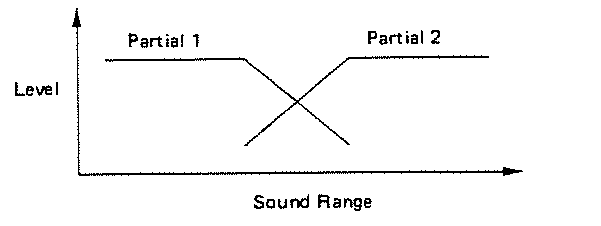 Structure 8/9
Structure 8/9
This may be useful for creating stereo effects using one sound. However, the pan setting loses effect in this Structure, so the sound image cannot be changed.
[Using the Ring Modulator]
The Ring Modulator cross-modulates two Partials resulting in odd number multiple harmonics. Important points in using the Ring Modulator are as follows.
When the output of either Partial is zero (the TVA level is set to zero or the Partial is muted), the other Partial is automatically sent.
Partial 1 (3} always behaves as a fundamental and Partial 2 (4) as harmonic content.
Partial 1 (3) controls the overal I volume.
Partial 2(4) controls the pitch and level of the harmonics.
When the pitch ratio of a Partial is a multiple of the fundamental, a clear sound is obtained. To create a transparent metallic sound, make as complete a sine wave as possible for Partial 1 (3).
PCM sounds normally include many odd number multiple harmonics, and therefore can become too “muddy” by using the Ring Modulator. Do not set the TVA level of Partial 2 (4) too high.
2) Editing
For easier and quicker editing, select a Tone which is similar to the sound you wish to make.
Then set the D-110 to the Edit mode, and check the following points to study how the Partials are being used.
If you roughly understand how the sound is made, then changing the sound will be much easier.
• Check the Partial Mute
The Partial Mute is one of the parameters, and therefore is written in memory together with other parameters. The muted Partial is not being used.
• Check how each Partial works
Using the Partial Mute function, listen to the sound of each Partial in use separately.
You may pay attention to how sounds change depending on the sound range, or by the velocity.
When using the Ring Modulator, muting one of the Partials will automatically send the other partial to the output.
• Check the Structure
Using the Structure number, you can check how each Partial functions and how the Partials are combined.
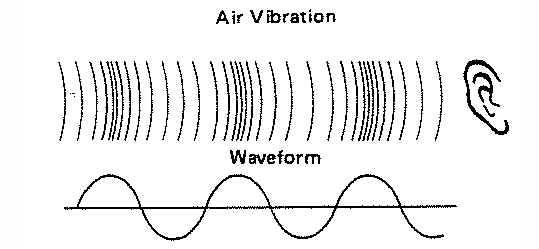



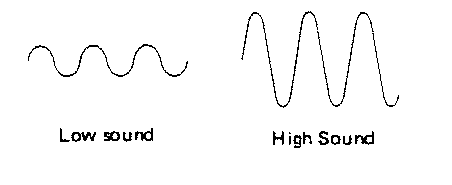



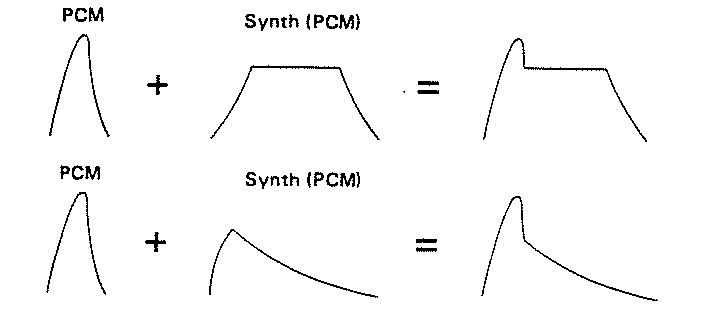
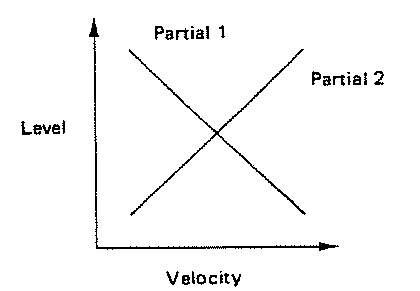
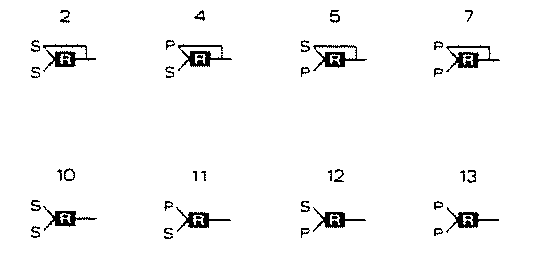

1 Comment
Add a Comment